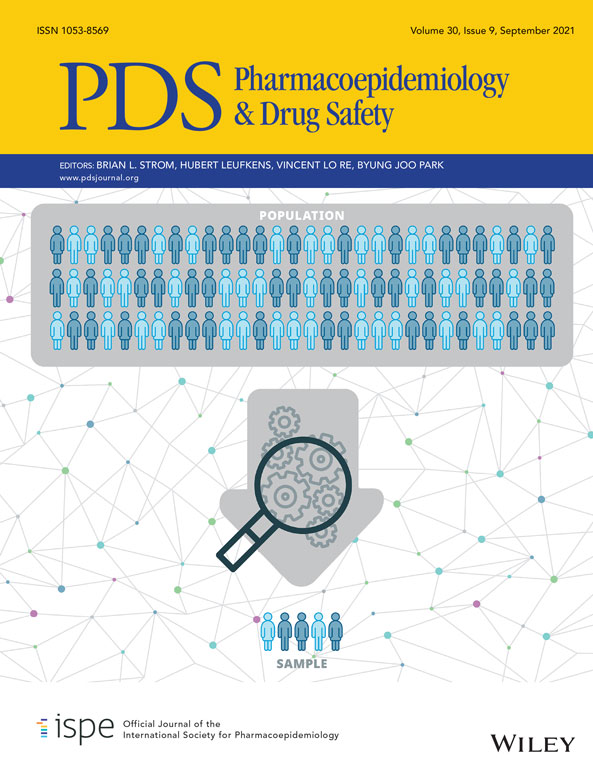Using administrative healthcare database records to study trends in prescribed medication dispensed during pregnancy in Belgium from 2003 to 2017
Abstract
Purpose
The aim of this study was to describe trends in medication prescriptions dispensed during pregnancy in Belgium using administrative healthcare database records from a representative sample of the Belgian population.
Methods
Pregnant women were identified with reimbursement codes associated with the delivery of a baby. Data were extracted for three study periods, each over 3 years: 2003–2005, 2009–2011, and 2015–2017. The age-standardized prevalence of dispensed medications during pregnancy were computed and logistic regression models were used to evaluate the trends in prevalence across the study periods. The most frequently dispensed medications were listed for each study period.
Results
The study included 23 912 pregnancies. The age-standardized prevalence of pregnant women with at least one dispensed medication increased across the three study periods from 81.8.% to 89.3%. The median number and interquartile range of the different medications dispensed during pregnancy rose from 2 (1–6) to 3 (1–7) between the first and last study periods. In the 2015–2017 period, the most frequently dispensed medications during pregnancy included progesterone (25.5%), paracetamol (17.8%), and amoxicillin (17.1%). The data also showed an increasing trend for the dispensation of ibuprofen and ketorolac during pregnancy across the three study periods.
Conclusions
The prevalence of prescribed medications dispensed during pregnancy increased in Belgium from 2003 to 2017 with high proportion for Progesterone and Antibiotics. Utilization of certain nonsteroidal anti-inflammatory drugs (NSAIDs) increased between 2003 and 2017, despite recommendations to avoid them.




